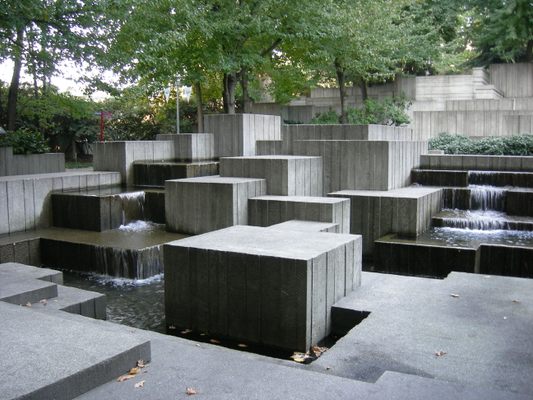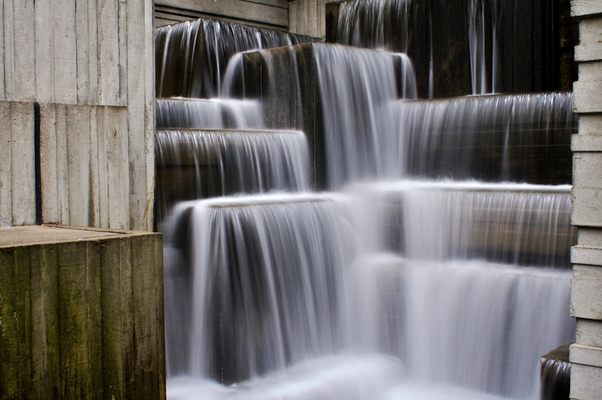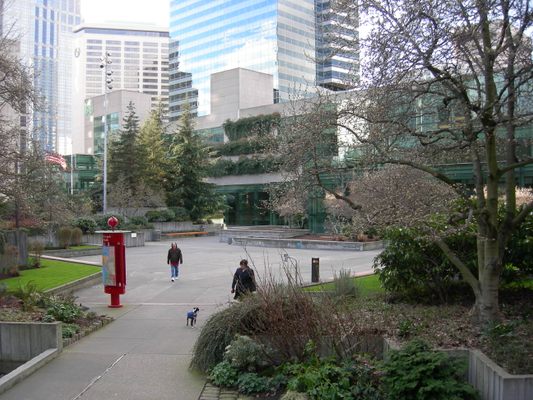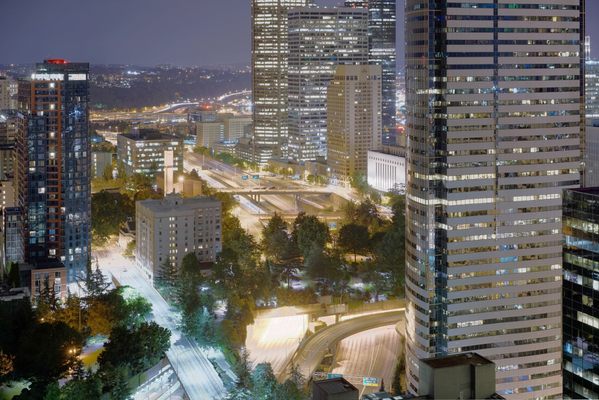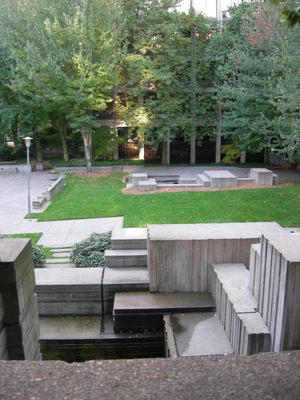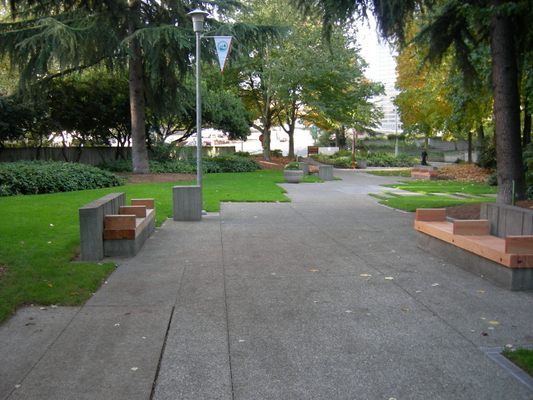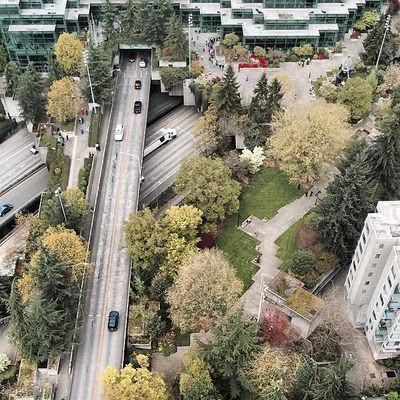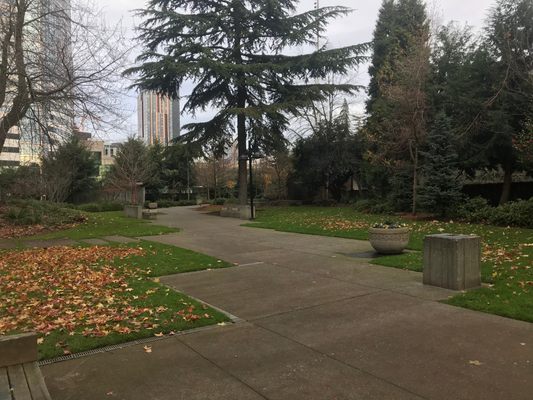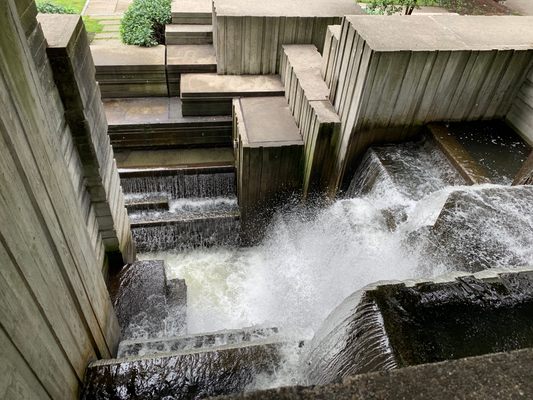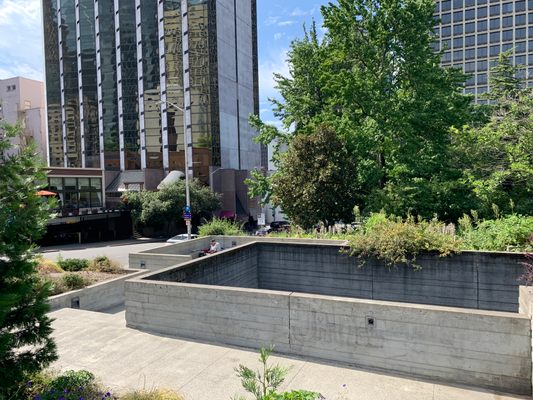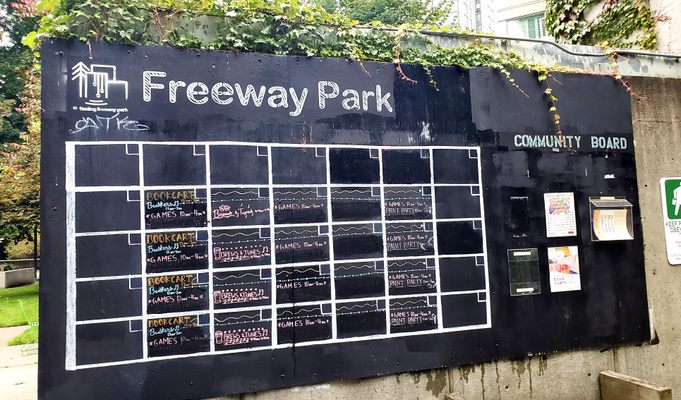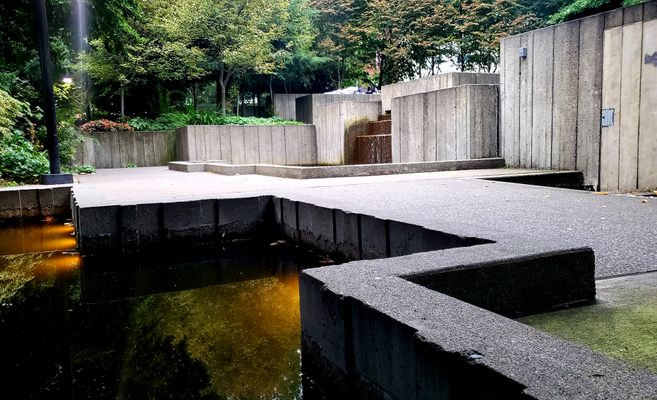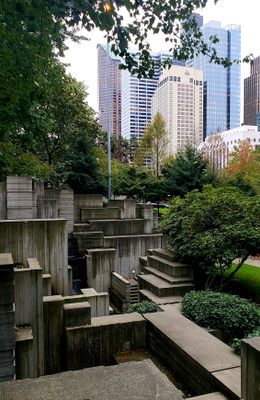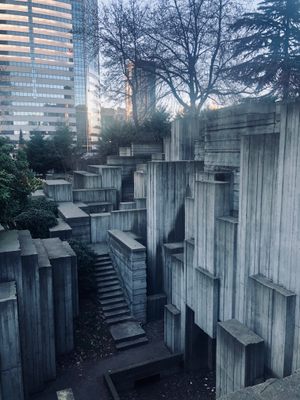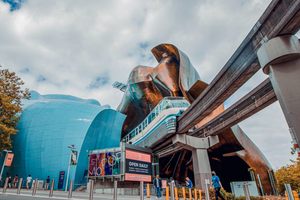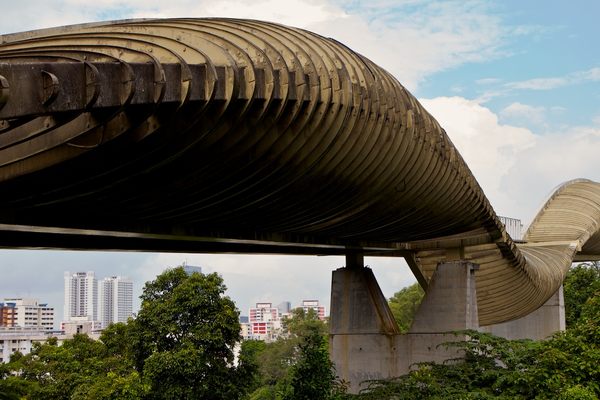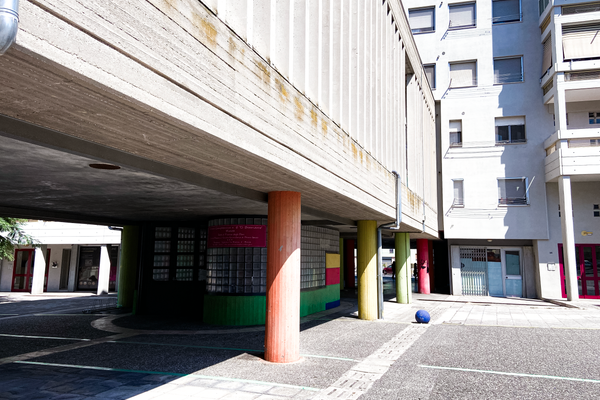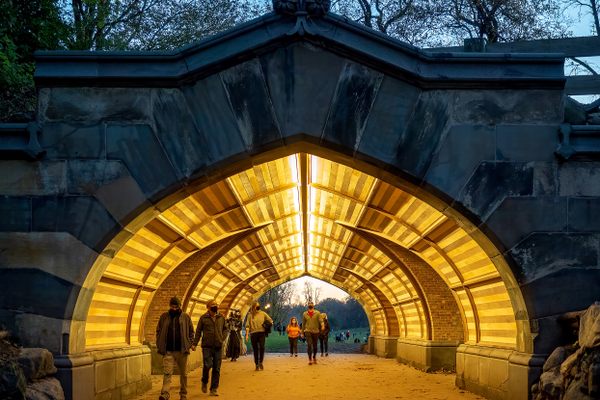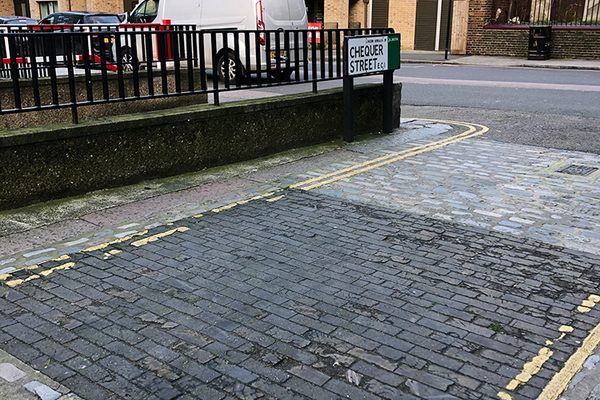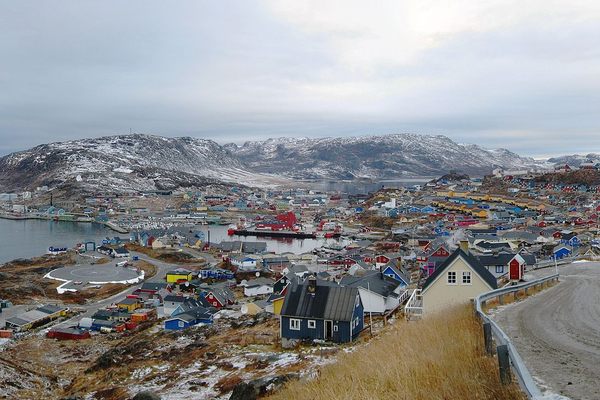About
Constructed during America's bicentennial celebration, Seattle's Freeway Park was the first freeway lid—a structure built on top of a sunken freeway—in the nation. The 5.2-acre urban space is a renowned brutalist masterwork, though it's seen better days.
The park was opened on July 4, 1976 in celebration of the U.S. bicentennial. Its distinct areas, known as the Central Plaza, East Plaza, and West Plaza, are woven together via a cohesive medley of concrete, greenery, and furnishings. Water features, such as an impressive 30-foot concrete canyon built directly over the median strip of Interstate 5, help enhance the landscape and differentiate the moods of each space. A fourth feature, Naramore Fountain by renowned sculptor George Tsutakawa, predates Freeway Park and was incorporated within the park’s design.
Originally intended to help “heal the scar” the interstate highway created through downtown Seattle, Freeway Park eventually wound up causing its owns wounds within the city. The brutalist architecture, which uses mainly concrete, gives the park’s features a raw, somewhat unwelcoming feel. Many of the softwood trees planted within it eventually grew dark and died, their soil stuffed with too many roots, their urban air too polluted.
The plants that did manage to prosper became overgrown as the park fell into disrepair. The fountains, which were included to help soften the sounds of traffic, ran dry. Unkempt vegetation obscured the park’s nooks and crannies from sight. Freeway Park became a hotspot for crime. However, it’s set to undergo renovations in the future.
Related Tags
Community Contributors
Added By
Published
August 4, 2017
Sources
- https://www.pps.org/projects/freewaypark/
- https://tclf.org/landscapes/freeway-park
- https://en.wikipedia.org/wiki/Brutalist_architecture
- https://en.wikipedia.org/wiki/Freeway_Park
- http://www.seattletimes.com/pacific-nw-magazine/in-the-concrete-jungle-freeway-park-will-offer-respite-once-again/
- http://www.intercontinentalgardener.com/2010/02/freeway-park-in-seattle.html
- https://archpaper.com/2017/07/freeway-park-seattle-wayfinding-remodel/
- http://www.capitolhilltimes.com/Content/Business/Business/Article/Design-Commission-questions-WSCC-Addition-urban-park/108/468/5034
- https://tclf.org/content/freeway-park-past-present-and-future
